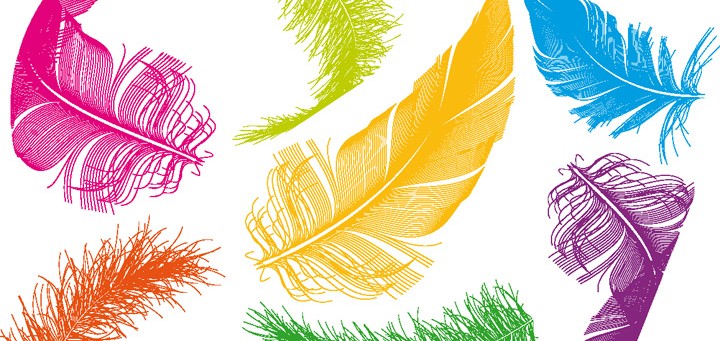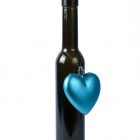
Trending
DOWN (n.): The fluffy stuff that keeps birds—and us—warm
December, 2015
| There’s no mistaking it in the air. Winter’s coming. And it’s time to haul out our cold-weather gear. As you drag out and put on your lofty down jackets and cozy duvets, do you ever wonder what down really is and why it keeps the birds—and us—so warm? Here’s the lowdown on the fluffy stuff. |
Feathers or Down?
It’s a myth that feathers and down are the same. True, they both grow on birds, but that’s where the similarities end. Although all birds have feathers, not all birds have down. Waterfowl, such as ducks and geese, have it, but land birds, such as chickens, don’t.
Feathers are flat and two-dimensional with fibres that join on each side of a hard quill shaft. They are for flying and for -protection.
Down is a light, fluffy undercoating that looks like a soft puff. It’s three-dimensional and has filament clusters that grow from a central quill point without a shaft. Its main purpose is to provide warmth and trap heat.
Warm Air Aloft
Because its filaments interlock and overlap, down has the ability to “loft,” meaning it traps warm air and keeps cold air out. This ability gives it its insulating characteristics.
Getting Your Fill
When you buy a down jacket, the label may have a fill-power number, such as 600 or 800. Fill power describes the space that one ounce of down takes (in cubic inches). For example, one ounce of 800 fill power goose down measures 800 cubic inches. A larger down cluster has higher fill power.
Getting Down
Top-quality down is gathered from larger, more mature birds, six to eight months old. If size and age are equal, goose down is better than duck down; however, mature ducks produce better down than young geese do. Young down collapses quickly because the fibres are fragile. Small down has a low warmth-to-weight ratio, and it does not loft well. Large down is very light, has a high warmth-to-weight ratio and lasts many years. Good quality down puffs back up after you scrunch it.
The Downside of Down
Down is normally gathered as a by-product on farms where ducks and geese are raised for meat. Experienced, ethical farmers use humane methods to care for the birds and to collect the down, which is removed after slaughter. Unfortunately, not all farmers share these ethics. Some use inhumane techniques, such as live plucking, which can cause pain and injury. Even harvesting the down during moulting, when the feathers are “ripe” or ready for shedding, can injure the birds.
Responsible Down Standard
For consumers, it’s difficult to detect live-plucked down products; however, some organizations identify and certify down harvested from ethically raised birds to help consumers make informed choices. The Responsible Down Standard (RDS), for example, is a voluntary, independent international certification body that excludes companies that don’t use humane practices.
When shopping for down products, consumers can look for the RDS logo. However, not all ethical down is RDS certified; a product without the label isn’t necessarily from inhumanely treated animals.
Another way to learn about the product’s origins before purchase is to ask the retailer or manufacturer. That way consumers can take comfort in the warmth of the down product and in the knowledge of having made an informed decision. t8n
Eider Down
Eider down comes from a protected migratory duck species called the eider. Unlike other kinds, eider down clings to itself, giving it very high insulating power. Experts consider it the best quality down, so it’s the most expensive. But the price might be worth it on icy nights.
Cold Comfort
The climate where the bird is raised doesn’t affect down quality, but temperature does influence quantity. In cold weather, a bird doesnt.
Image © beaubelle / Dollar Photo Club












